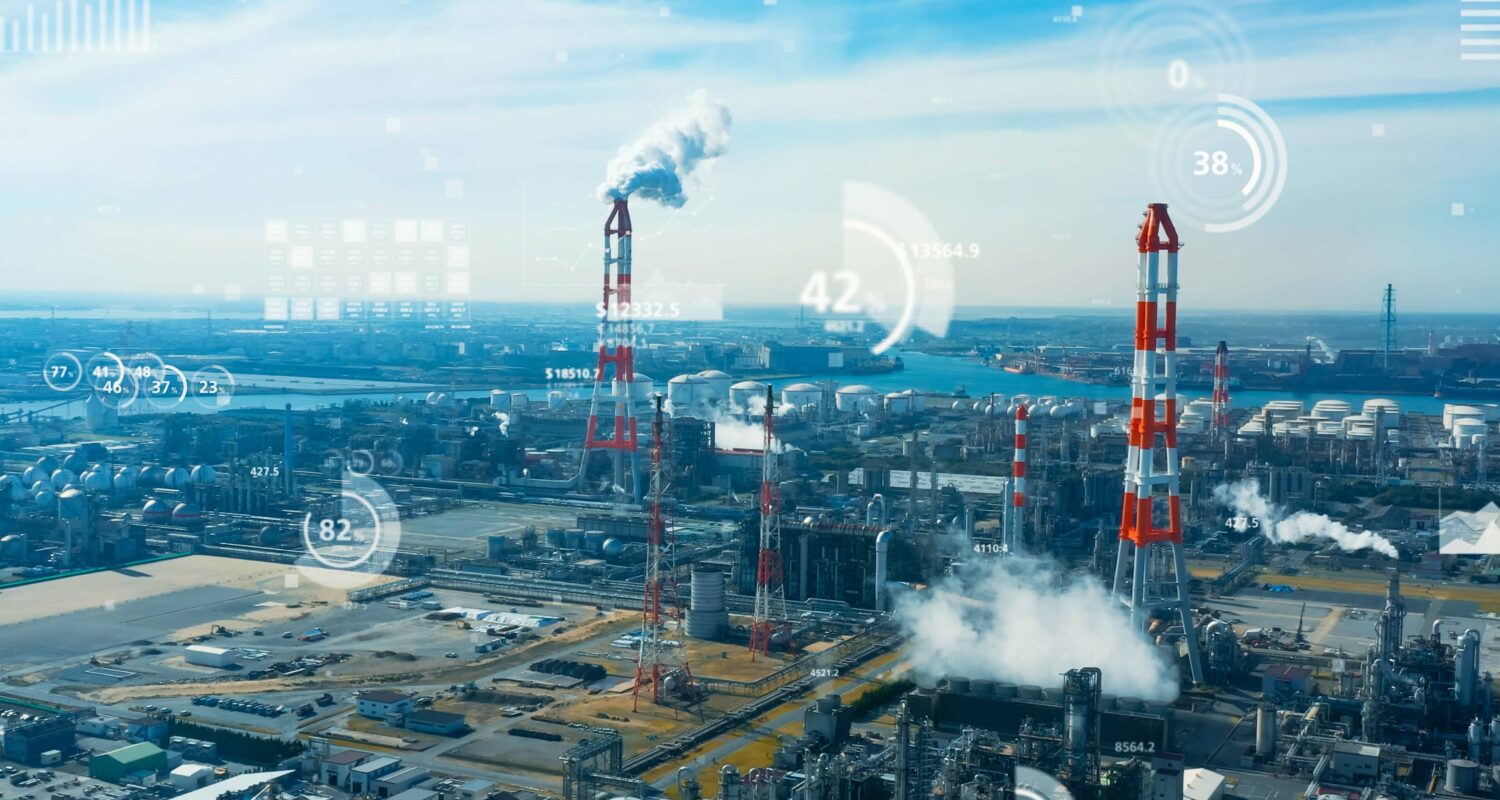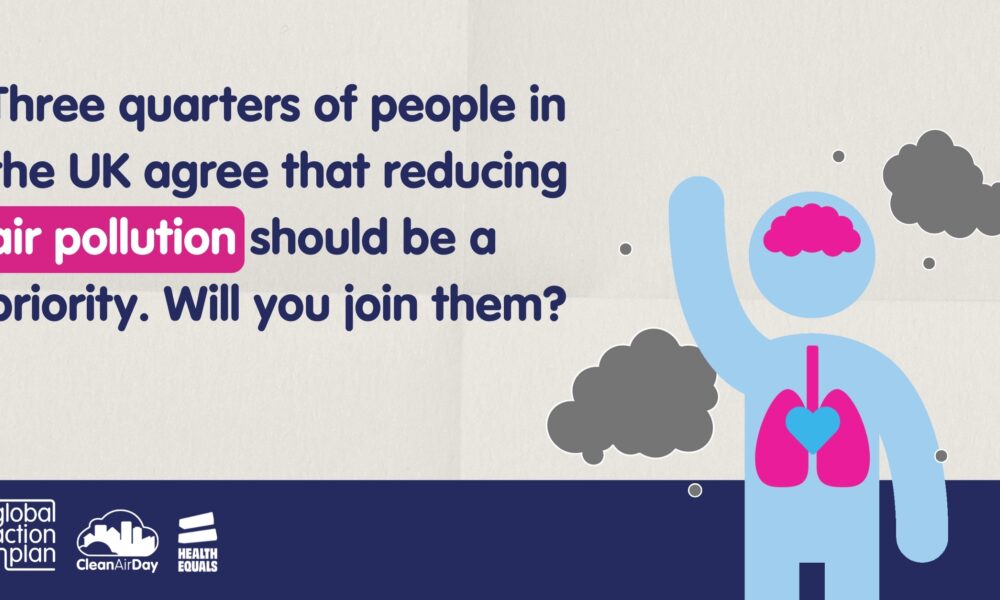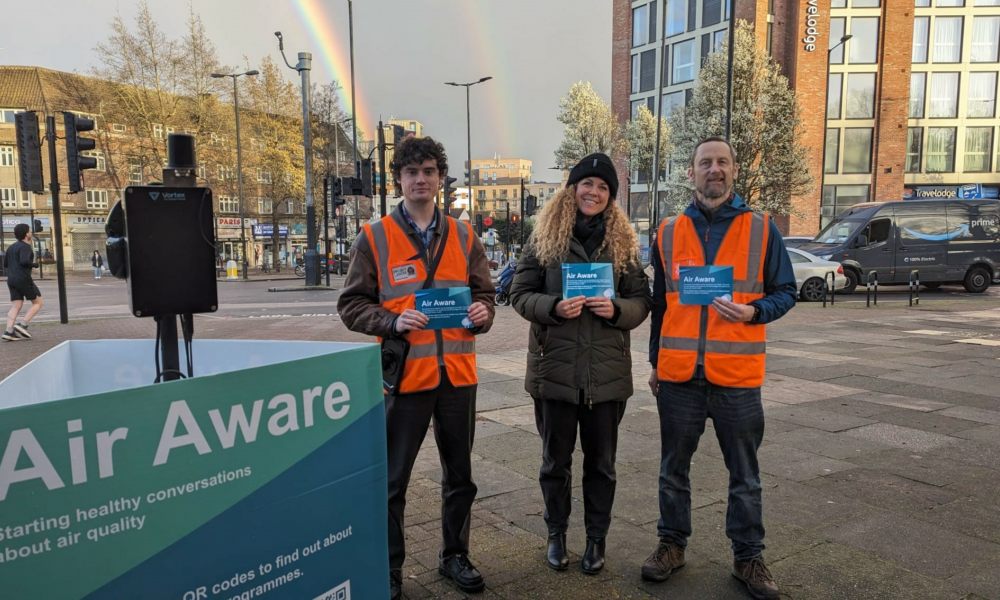Harnessing hyperlocal emissions data for large manufacturing companies
Manufacturing companies face mounting pressure to reduce their environmental impact in an era of increasing environmental awareness and stringent regulations. This blog delves into the need for air pollution management and the impact of using hyperlocal emissions data.
Scott Sutton - 13 October 2023

Introduction
Pursuing sustainable operations has become a central goal for manufacturers to meet compliance standards and protect the health and well-being of their employees and the surrounding communities. One cleantech solution that has emerged to address these challenges is hyperlocal emissions monitoring, which can prevent major pollution outbreaks by using general data to identify risks and easily report daily emissions averages.
By their nature, industrial processes can release pollutants into the atmosphere, including particulate matter, volatile organic compounds (VOCs), and greenhouse gases. The consequences of poor air pollution management can be severe, affecting both human health and the environment. According to the World Health Organization (WHO), air pollution is responsible for 4.2 million premature deaths worldwide each year.
The urgency of air pollution management in heavy industry
Manufacturing companies and the oil and gas sector are among the largest contributors to air pollution. As such, they are under increased scrutiny to minimise their environmental footprint and adhere to stricter emissions standards. Failing to do so can result in regulatory fines, legal repercussions and damage to corporate reputation.
However, their contribution to air pollution in the UK can vary significantly depending on several factors, including the type of industry, the specific manufacturing processes involved, and the environmental regulations in place. It's important to note that the UK has implemented stringent air quality standards and regulations to reduce industrial emissions and protect air quality. As a result, the impact of manufacturing plants on air pollution has been decreasing over the years.
To provide specific data on the contribution of manufacturing plants to air pollution in the UK, one would need access to up-to-date emissions data, air quality monitoring reports, and regional assessments conducted by environmental agencies. These reports would offer insights into the emissions profiles of different industries and their impact on local air quality. It's worth noting that air quality in the UK is continually monitored and managed to ensure compliance with established standards and to protect public health and the environment.
Enter hyperlocal emissions data!
Traditional air quality monitoring systems have limitations in providing accurate, real-time data that can inform immediate action. They often rely on a few fixed monitoring stations scattered throughout a region, which may not capture localised variations in air quality. This is where hyperlocal air quality monitoring comes into play.
Hyperlocal emissions monitoring involves deploying a network of sensors that can provide spatial and temporal resolution far beyond what traditional monitoring systems can offer. These sensors collect real-time data on air pollutants, temperature, humidity and other relevant factors.
VTX Air: Emissions monitoring
Our VTX Air is a cutting-edge hyperlocal emissions system that provides unprecedented detail on multiple pollutants and gases. It utilises an extensive network of sensors strategically placed in and around industrial facilities to capture fine-grained data on air quality. Here's how it stands out:
1. Spatial resolution: Mapping pollution sources with precision
Traditional monitoring systems might have a single monitoring station for an entire industrial site, providing a generalised view of air quality. On the other hand, VTX Air offers spatial resolution at the level of individual production areas with numerous monitors, allowing companies to pinpoint pollution sources accurately.
2. Temporal resolution: Real-time data for immediate action
With VTX Air, companies receive real-time data updates, allowing for rapid response to changes in air quality. If pollution levels spike suddenly, action can be taken immediately to prevent harm to employees and the environment.
3. Compliance and reporting: Meeting regulatory standards with confidence
VTX Air provides a robust platform for monitoring and reporting compliance for industries subject to strict emissions regulations. The detailed data collected by VTX Air can serve as compelling evidence of adherence to environmental standards, reducing the risk of regulatory fines and legal complications.
4. Improved efficiency: Optimising operations and resources
Hyperlocal data doesn't just benefit compliance; it also enhances overall operational efficiency. Companies can identify opportunities to reduce emissions, minimise waste, and optimise resource utilisation by understanding how various processes affect air pollution in real-time.
The impact of hyperlocal data in heavy-industry companies
Let's explore some concrete examples of how manufacturing companies can benefit from integrating emissions data into their operations:
1. Process optimisation
Manufacturing facilities consist of various production areas, each contributing differently to air pollution. By identifying which sites are the primary sources of pollutants, companies can target those areas for emission reduction strategies, leading to cost savings and improved sustainability.
2. Health and safety
Employee well-being is paramount. Hyperlocal emissions monitoring helps companies ensure their colleagues work in a healthy and safe environment. If pollutants exceed safety levels, immediate measures can be taken to protect workers and minimise health risks.
3. Environmental responsibility
Manufacturers can use hyperlocal data to reduce their environmental footprint. This aligns with corporate social responsibility goals and helps build a positive public image and attract investment opportunities.
The road to a cleaner, more efficient future
In conclusion, hyperlocal emissions data, exemplified by VTX Air, offers manufacturing companies the tools they need to meet environmental goals while optimising operations. By utilising this technology, industries can report accurately on daily averages, improve health and safety, and ensure compliance with environmental regulations.
As industries continue to prioritise sustainability and environmental responsibility, integrating hyperlocal emissions data into their operations is not just a smart solution—it's a necessary step toward a cleaner, more efficient future. With the right data at their fingertips, companies can protect the environment and their colleagues' health, all while making significant strides toward a more sustainable future.
Do you want to know more about our emission monitoring solution? Contact us today, and our team of experts will be ready to help you: https://vortexiot.com/contact
More blogs

Should clean air be a national priority?
Millions across the UK are still exposed to harmful levels of air pollution every day. As we mark Clean Air Day, it’s time to ask: if clean air impacts our health, our…

Engaging communities for cleaner air
As we mark Clean Air Day, we proudly highlight the significance of engagement and behaviour change to make a tangible difference in the fight against air pollution.